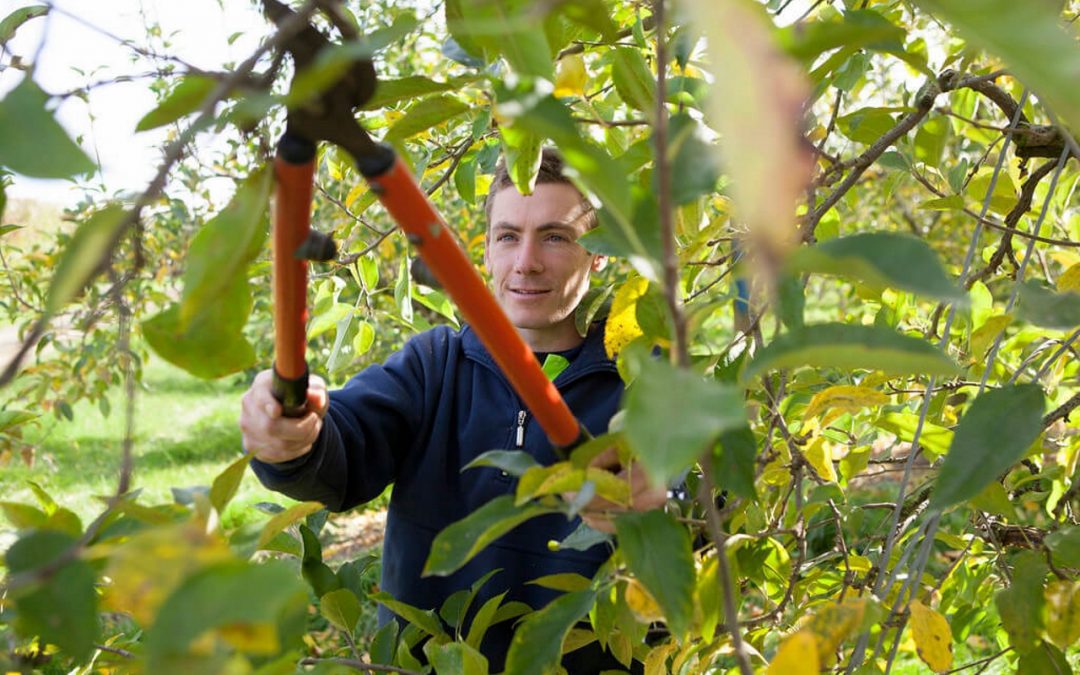Caring for Your Trees
Trees provide shade, improve the air quality, and can even add value to your home. If you are looking for ways to improve the health and longevity of trees on your property, here are some tips for tree care and maintenance.
Examine the Tree’s Health
Trees should be inspected annually. Look for pest infestations, structural damage from storms or other sources, and signs of disease such as leaf discoloration. If you are pruning branches, look for weakened areas to determine which branches should be removed. Remove these limbs first.
Water the Trees as Part of Normal Tree Care
Trees generally require more water during their first few years of growth and less as they mature. As the root system expands, it absorbs water during periods of drought.
Water trees deeply once or twice each week. Increase that amount during dry weather. A tree’s root system can spread outward as much as three times the width of the canopy, so at least one-third of a tree’s root mass needs to be saturated with water for proper growth.
One inch of water applied weekly is generally considered sufficient for mature trees. To check tree moisture, press your finger into the soil around the base of the tree. If it feels damp, the soil has enough moisture in it.
Pruning Branches
Tree pruning can be done at any time of the year. Clear away dead, diseased, or damaged branches first. Prune out crowded branches to encourage air circulation within the tree’s canopy.
Some species, such as oaks and elms, require only selective pruning to maintain their shape and size. Others may benefit from more extensive pruning to open up the canopy and allow sunlight in.
Avoid leaving large wounds on the tree when removing limbs. To minimize stress and injury, use sharp tools meant for pruning. Clean cuts heal faster than ragged ones and are safer for the trees.
Mulching for Tree Care
Applying mulch around the base of trees not only makes the landscaping look more attractive, but it also helps conserve soil moisture, moderates soil temperature, and suppresses weeds under trees.
For established trees that are a few feet in diameter, spread a layer of mulch at least 4 inches deep. Keep mulch 8 inches from trunks for young trees.
Fertilizing
Fertilizing is recommended for young, newly planted trees and isn’t needed for established trees. Their root systems have developed sufficiently to access nutrients from the surrounding soil. In most cases, fertilizer provides only a temporary boost in growth and may increase the likelihood of pest infestation or disease later on.
Too much fertilizer can cause more problems than too little. Don’t fertilize if the tree is suffering from drought stress or root-related problems.
Nico Home Inspections provides home inspections, including wind mitigation inspections, to Southeast Florida. Contact us to schedule our services.

